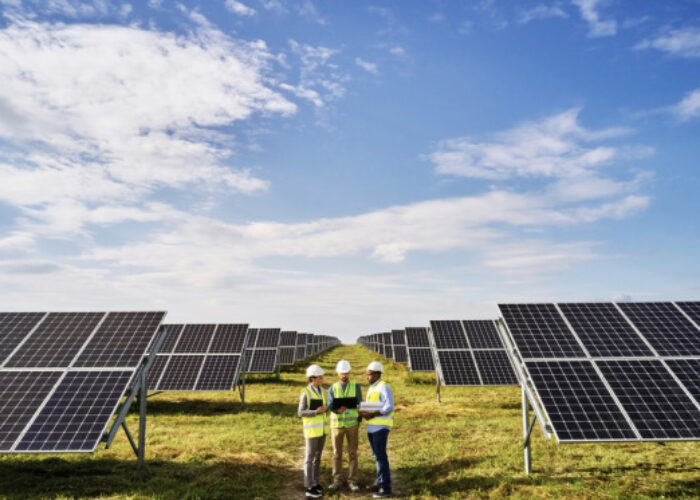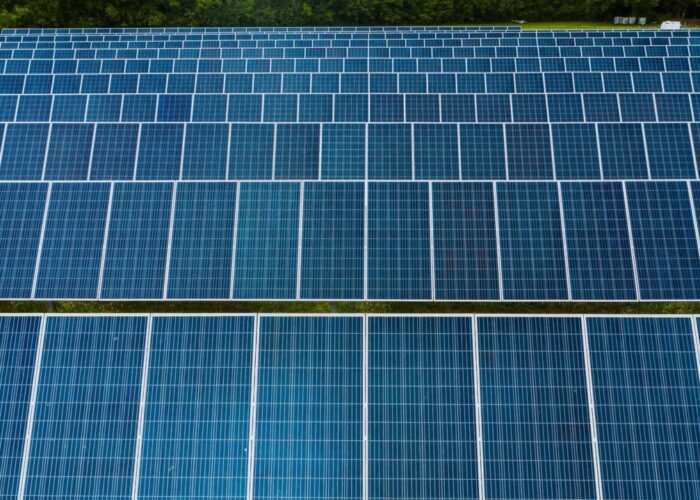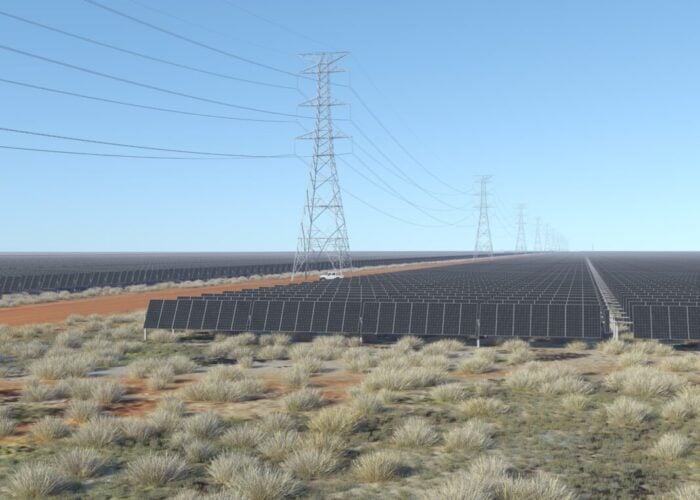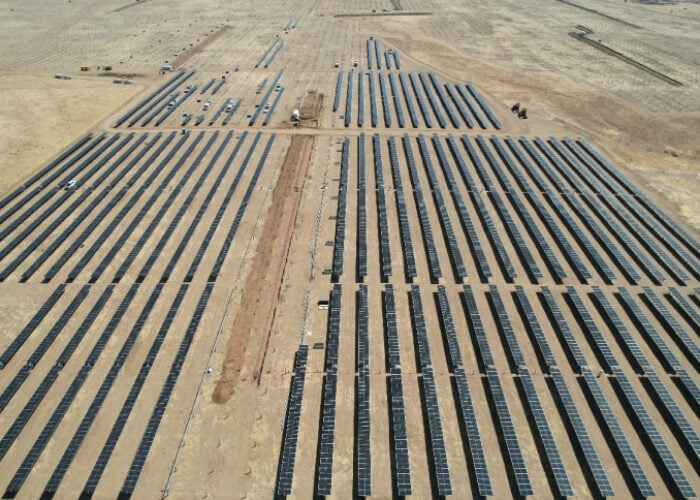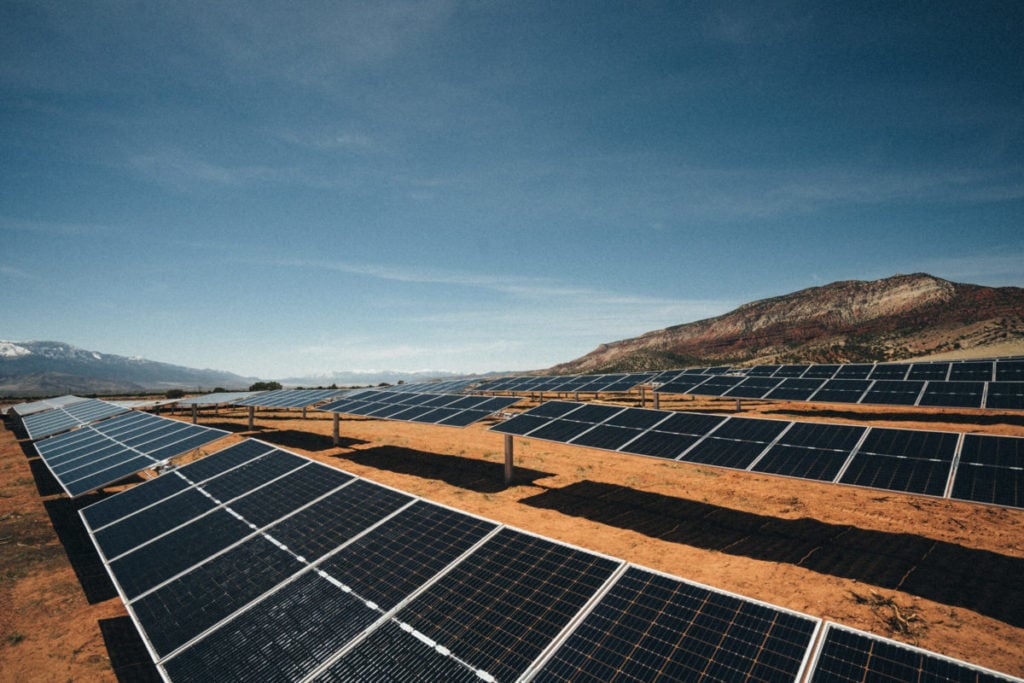
Recently, US-based solar tracker company Nevados signed two deals with solar PV developer Ampliform and independent power producer (IPP) Energix Renewables to supply trackers. As it started reaching out to the solar PV industry in the US, PV Tech Premium invited Yezin Taha, founder and CEO of Nevados, to talk about the company’s business, products, technology and plans.
1. As sites with slopes and uneven terrain are becoming the norm for solar project development, is it the best time for Nevados to secure contracts now? Why?
Unlock unlimited access for 12 whole months of distinctive global analysis
Photovoltaics International is now included.
- Regular insight and analysis of the industry’s biggest developments
- In-depth interviews with the industry’s leading figures
- Unlimited digital access to the PV Tech Power journal catalogue
- Unlimited digital access to the Photovoltaics International journal catalogue
- Access to more than 1,000 technical papers
- Discounts on Solar Media’s portfolio of events, in-person and virtual
Two key factors can explain Nevados’ recent uptick in partnership announcements. First, uneven terrain is now nearly impossible for developers to avoid, especially in established solar markets. For example, we’ve heard from our customers that more than 60% of their current projects are on challenging terrain. Second, asset owners, investors, developers, and, perhaps most importantly, local communities that host large-scale projects are increasingly aware that mass grading comes with risks.
Additionally, developers are also facing increased permitting and regulatory burdens in some markets because of local concerns about the impact of grading.
2. When it comes to technology, what sets Nevados apart from competitors?
Nevados trackers are engineered to follow uneven terrain from the very beginning, as they are not flatland trackers converted into terrain-following products. Our trackers follow terrain seamlessly, precisely, and cost-effectively. As every property and every landscape is different, so we analyse and design every Nevados deployment to meet customer needs. The Nevados team offers hands-on support to every project we work on.
3. Nevados was established in 2014 but signed the first deal in 2023. Can you talk about the business of the company before this deal?
Our first deal was signed in 2016 but we did not formally announce major projects until 2023, when we began to invest more in marketing and business development. Starting in 2014, Nevados invested
heavily in research and development (R&D), and this was our primary focus for the first five years. This was vital because the all-terrain solution I imagined did not exist.
Nevados started from scratch to build an entirely different breed of trackers, controllers, and software. As we worked through the product development process, I regularly engaged large-scale developers and incorporated their feedback into our tracker design to ensure reliability.
Our early engagement with the market, in tandem with intensive R&D, helped Nevados develop a highly refined, reliable tracker design while establishing strong relationships with our earliest adopters. Because of our intensive R&D efforts and close collaboration with the market, the earliest Nevados prototypes were proved to be robust, field-ready products. Our first pilot projects are still operating in the field and meeting energy yield and reliability expectations.
4. Can you explain Nevados’ tracker technology as it can be deployed on slopes of up to 37% gradient?
Nevados offers the most adaptable solar tracker on the market because we have three unique, proprietary bearing designs that can be mixed and matched throughout a single project. Our double-articulating bearing accommodates the greatest slope change between posts of any tracker available today, but our straight (flexure) bearing is applied to almost all projects.
While our equipment can manage slopes of 37%, we expect our terrain-following capabilities to offer the primary value for our customers on flat and sloped terrain. Our most simple bearing can solve the majority of the rolling terrain challenges on the market today, and our most capable bearings are used for truly wild sites. Our standard bearing is warranted up to 3.5% of grade change, although it’s being operated at 10% of grade change at one site. Our single articulating bearing uses an agricultural u-joint to allow a greater angle to be set and is warranted up to 13% of grade change. Our double articulating bearing at up to 26% of grade change, but we don’t expect to deploy it often.
5. Upfront cost and maintenance are crucial to solar PV plants. Can you tell what solar plant developers can benefit from using Nevados’ products?
The Nevados technology platform reduces both CapEx and OpEx costs, driving profitability for asset owners throughout the project lifecycle. In terms of CapEx, our solution decreases grading and erosion control requirements so that developers can maintain native soil and avoid increased permitting costs and construction risks.
Once a project reaches the commercial operation date, there is little need for ongoing soil stabilisation because the native soils and ground cover typically remain intact. Maintaining natural ground cover mitigates erosion control and revegetation expenses considerably over the life of the project. Furthermore, our bearings are designed without the need for grease, so they do not require any maintenance.
6. Can you explain the engineering and software department of the company? How do they help the company’s business?
Nevados divides its technical capabilities into engineering, controls, and software. The engineering department creates and validates our mechanical and structural designs and supports applications engineering efforts.
Our controls group manages the control hardware and embedded software solutions, while our software group creates various software tools ranging from accurately modelling non-flat projects in PVSyst to tools used by civil engineers to accurately locate foundations for construction.
All of these outputs are necessary to shift the solar industry from the flat land paradigm to the new non-flat terrain world. It is easy to understand how the structure fits the terrain, but the other two groups ensure the trackers can be designed and operated without making engineers jump through hoops to create construction drawings.
Let’s also remember the supply chain group. With projects becoming more and more fractured, engineering, procurement, and construction (EPC) need clear direction on which parts are arriving and when so that they can meet their construction timelines. Our supply chain group is a separate product that supports the EPC through the construction schedule starting months before deliveries begin.
7. What are the major challenges the solar tracker industry faces?
The greatest challenges that we are hearing is grading, interconnection, and module supply. Grading issues are increasingly well known in the US, and we have heard from many customers that they are experiencing pushback from local residents at community meetings about grading. Those customers are being forced to shift their project designs to exclude grading.
8. Any plans the company wants to expand to other countries?
Our team is currently focused on the US market as there is more than enough opportunity for us to support domestic projects. We hope to expand internationally within the next few years.



